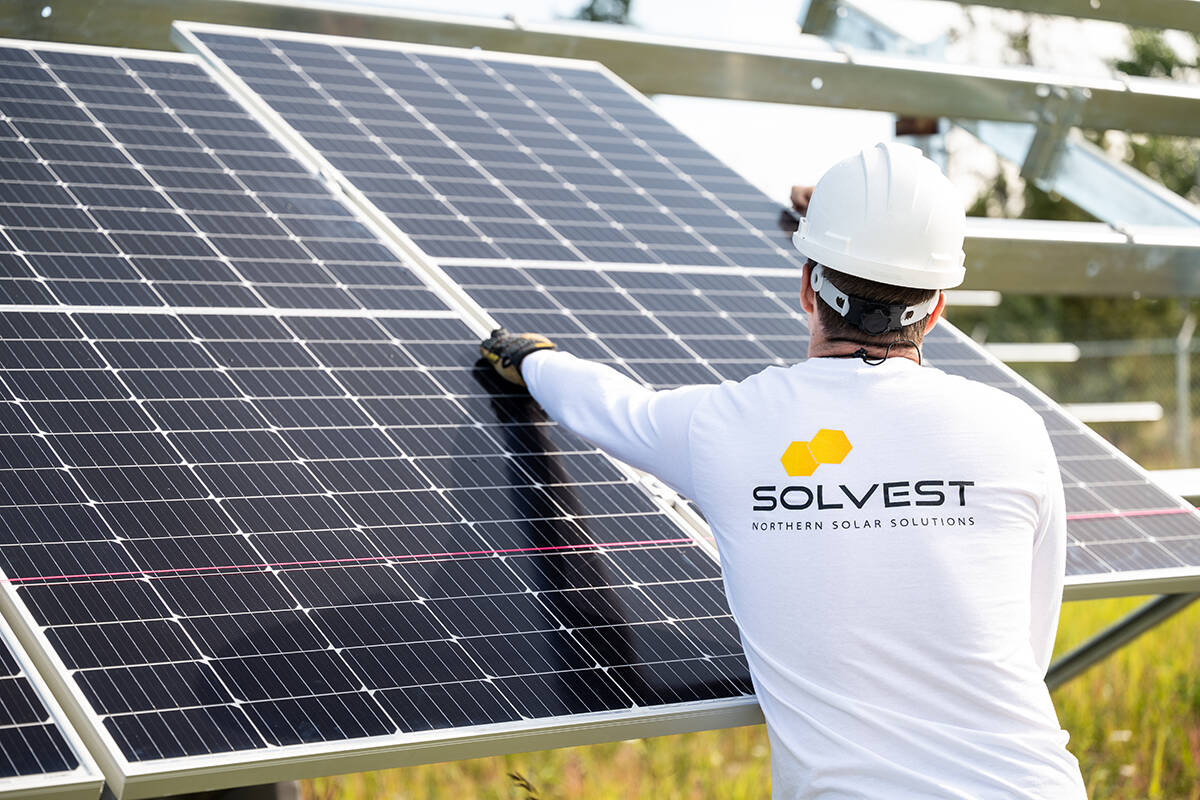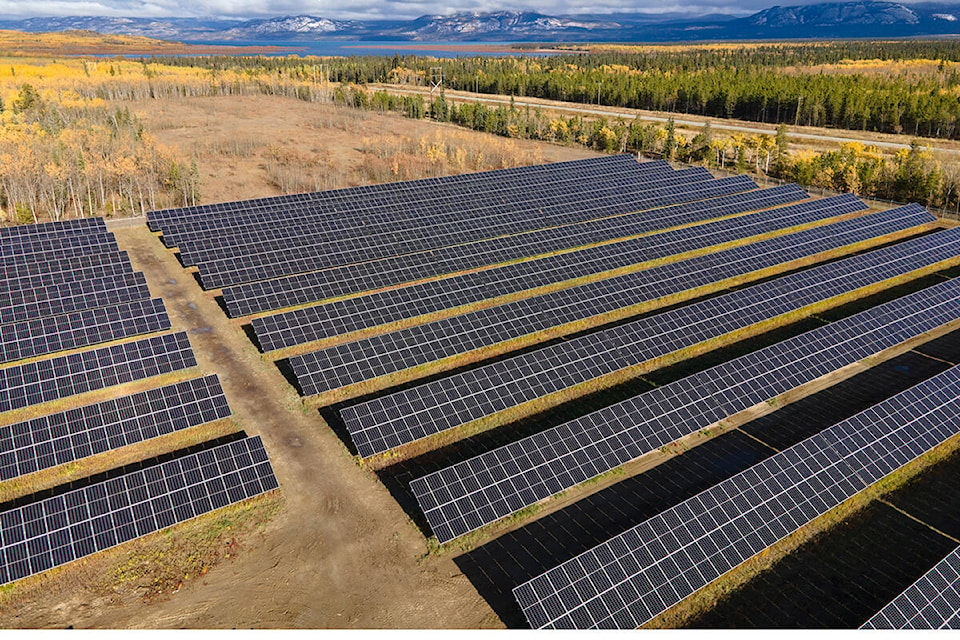A large solar panel array located just north of Whitehorse is now up and running.
It’s unique in northern Canada, according to the company that developed it.
The North Klondike solar power plant was recently completed by Solvest Northern Solar Solutions. Solvest says the array is the first megawatt scale Independent Power Production (IPP) project in northern Canada to be tied in to the power grid.
According to the company, work on the solar array from development to the end of construction took two and a half years but the result will be at least 25 years of renewable power which can be sold into the Yukon’s power grid.

In 2018, the Yukon government launched an independent power producer policy that would allow entrepreneurs, communities and First Nations governments to build renewable energy projects and sell the electricity generated.
Technical specs on the project provided by Solvest suggest that the project will produce 1.8 gigawatt hours of energy per year — they say this will be enough to service the electricity needs of 180 homes per year while the sun is shining or charge 130 electric vehicles at once.
The south-facing array of 4,000 solar modules is also different from other projects because it uses panels that generate power from their top and bottom sides. The power generation from both faces picks up light reflected off the ground and direct lighting from the back of the array. According to Solvest this is especially advantageous on spring days in the Yukon when the days are long but the ground remains covered in highly-reflective snow. The two-faced modules are expected to increase the output of the facility by 9 per cent compared to single-faced panels.
Electricity generated by the underside of the panels can also help warm up the panels to thaw snow but Michael Schultz, Solvest’s operations manager said some manual snow clearing would be done in February and March. He said besides some annual maintenance the panels don’t require much work or attention as they generate power.
With the large array north of Whitehorse complete, Schultz said Solvest is assisting their partners in two smaller private arrays and two for First Nations.
Contact Jim Elliot at jim.elliot@yukon-news.com
